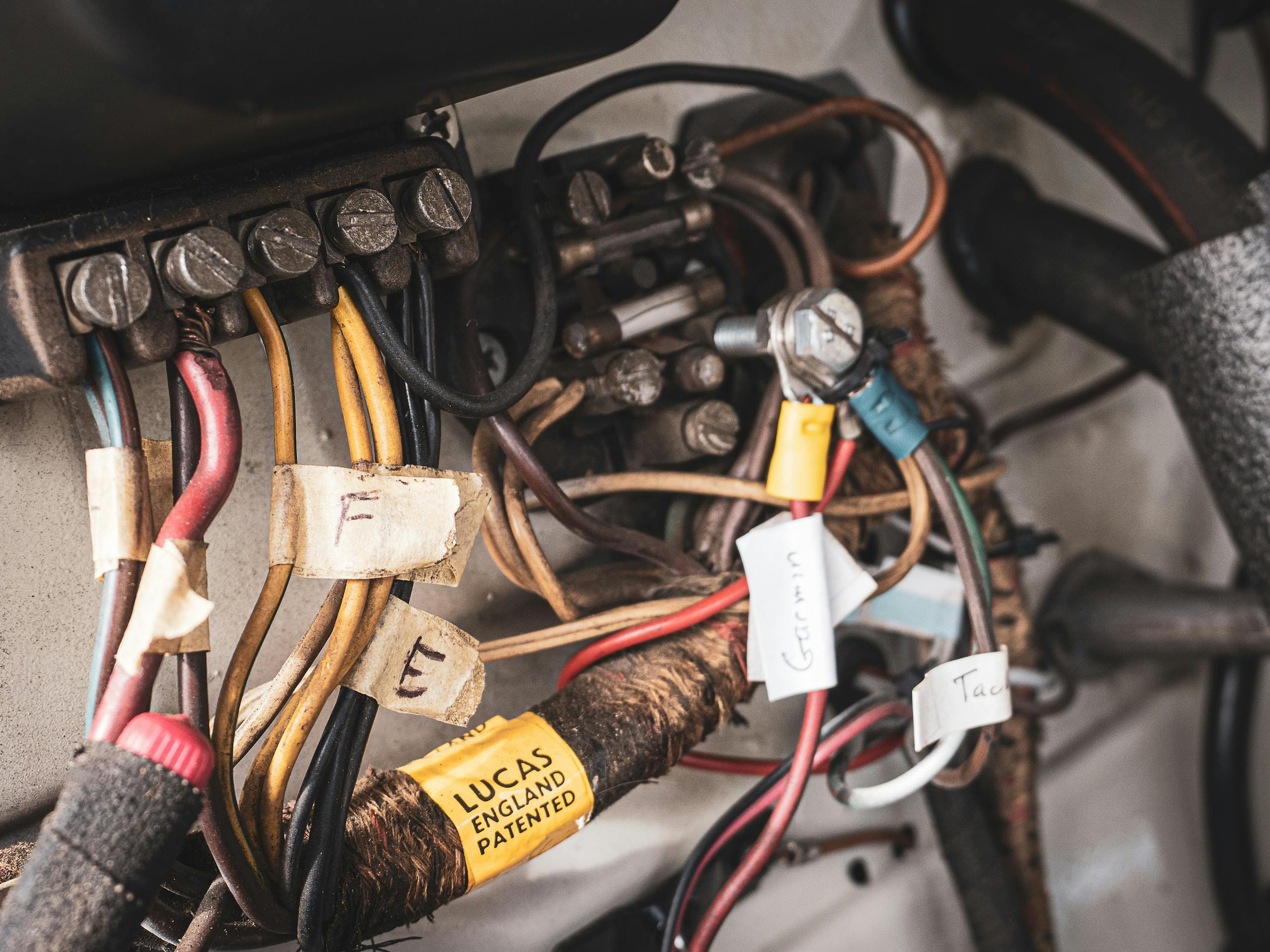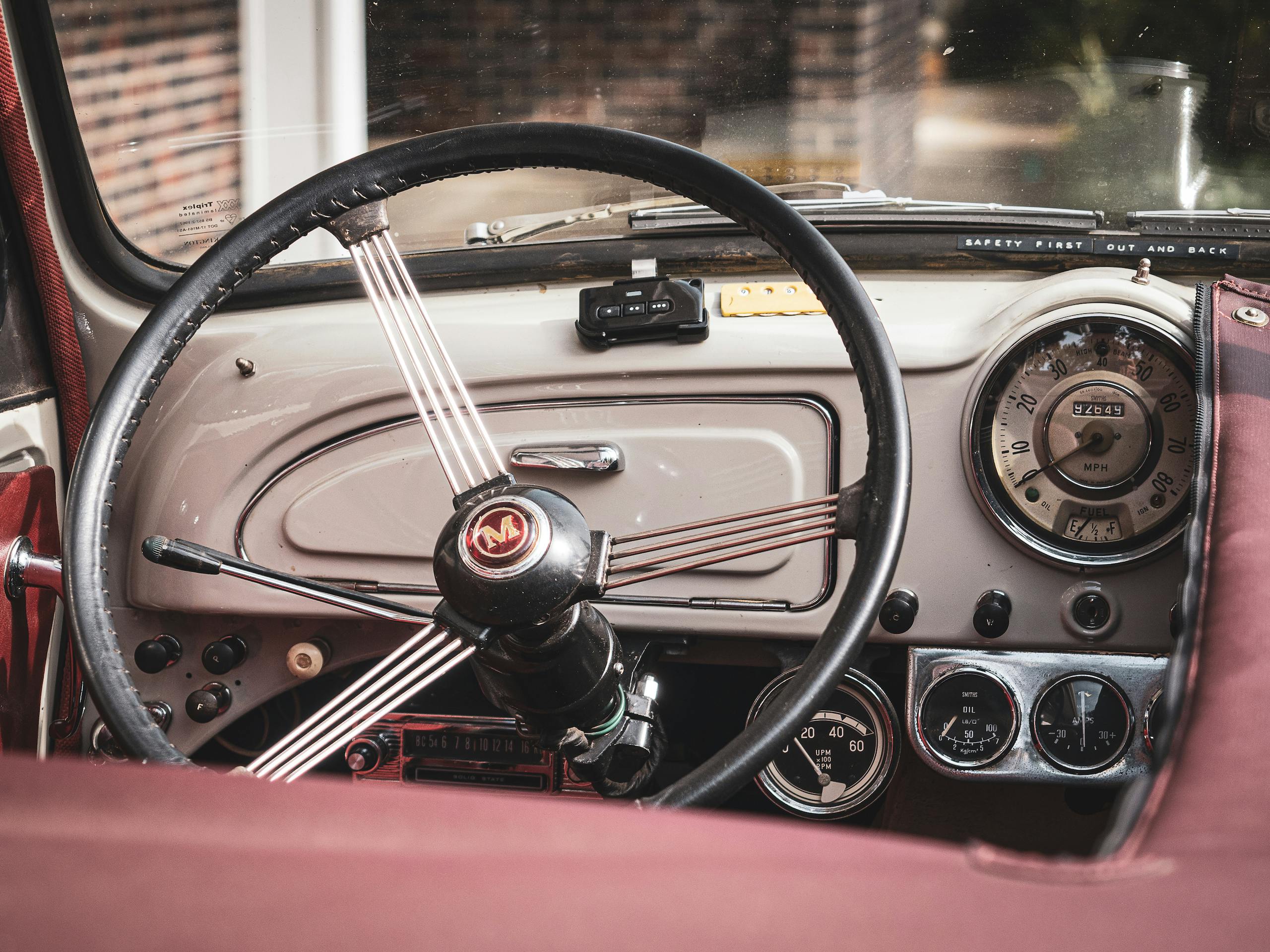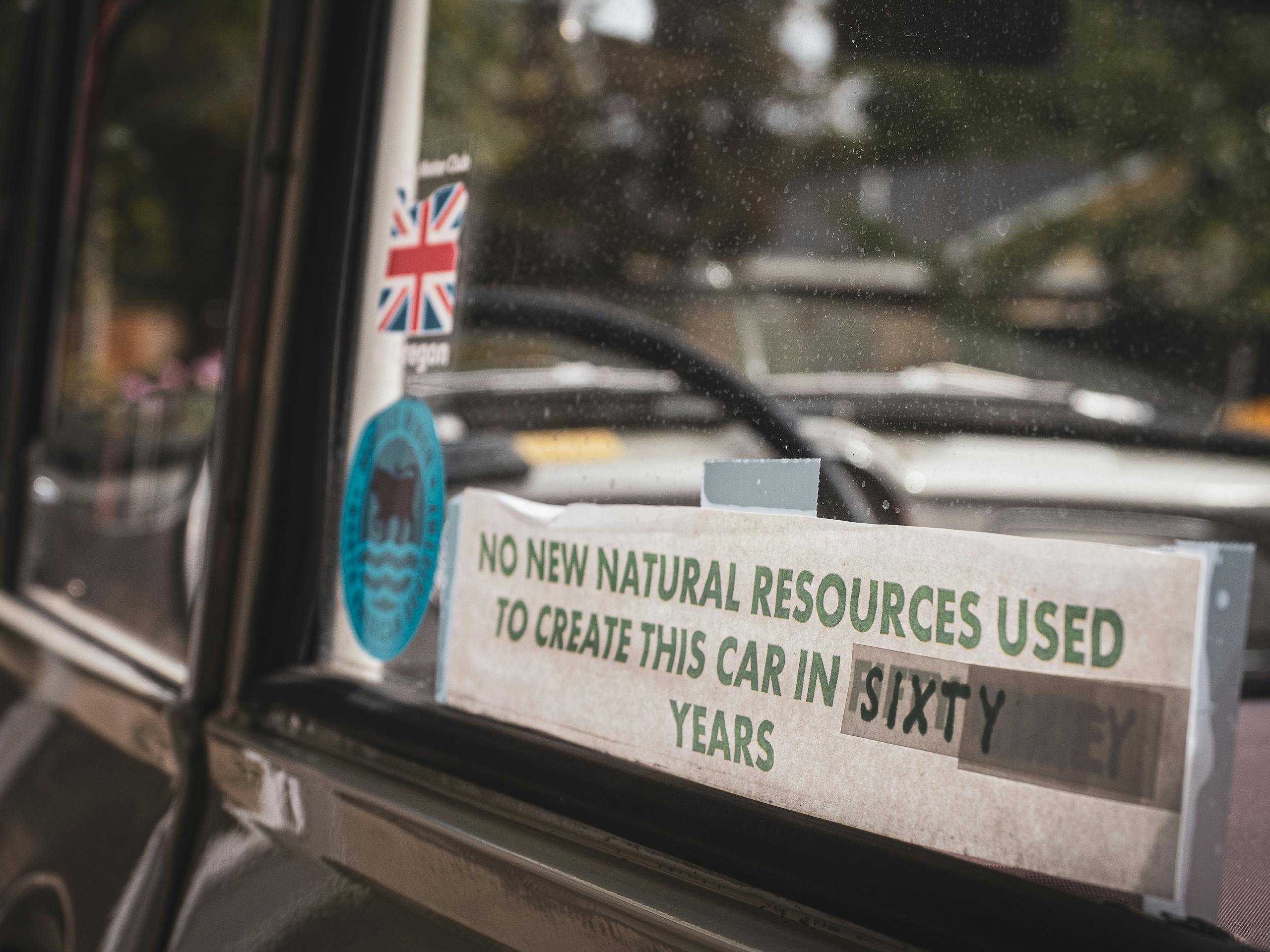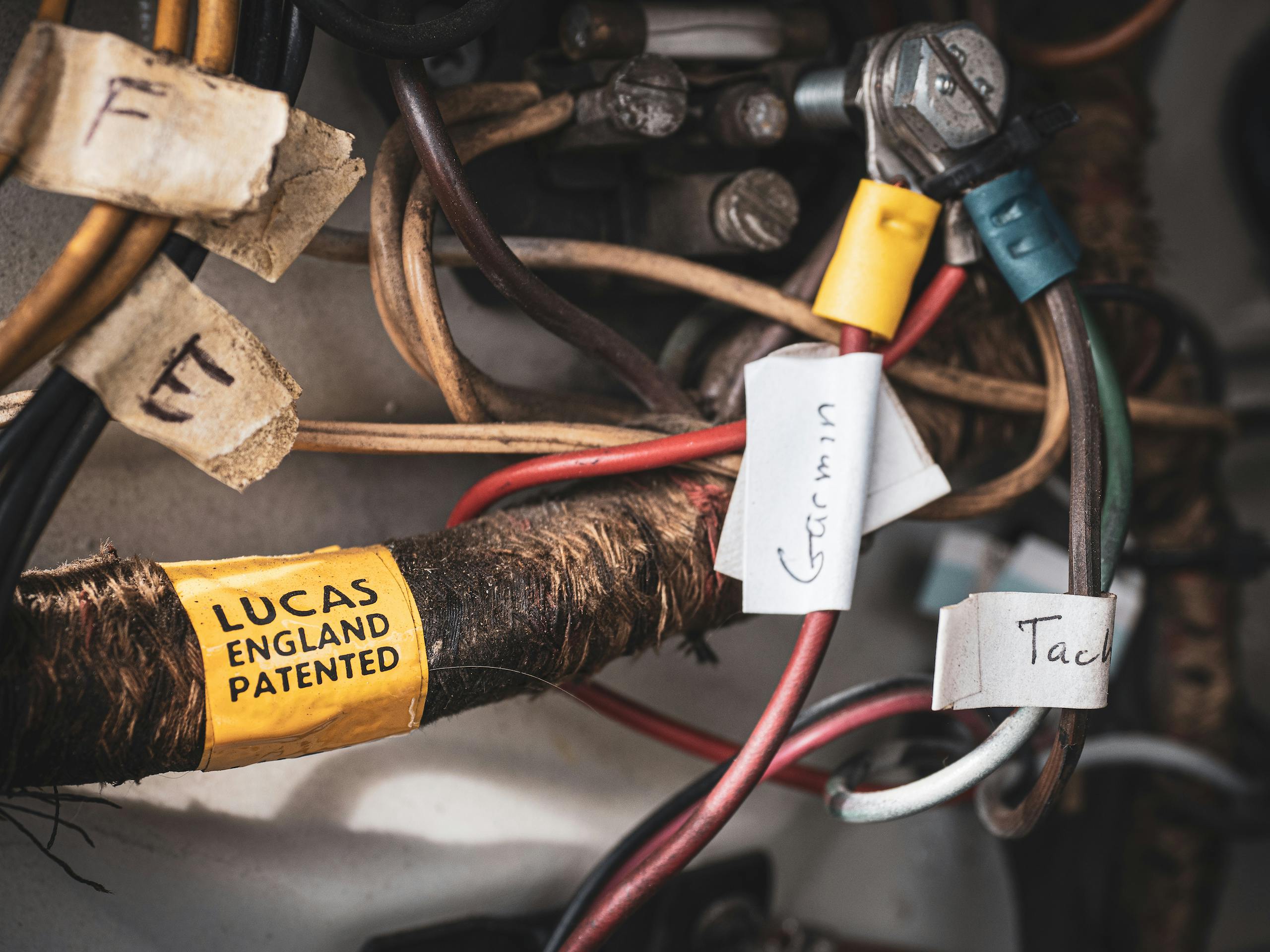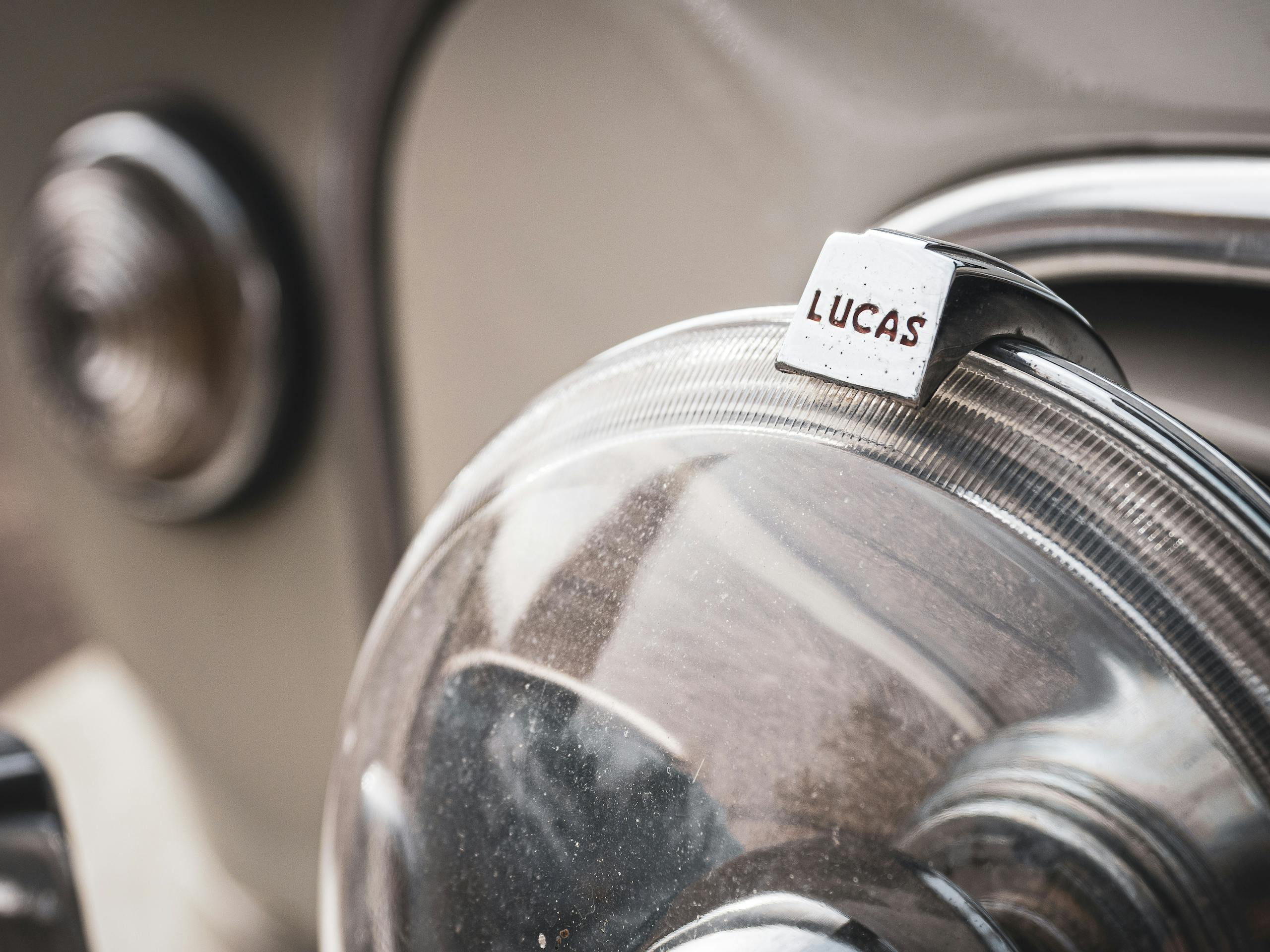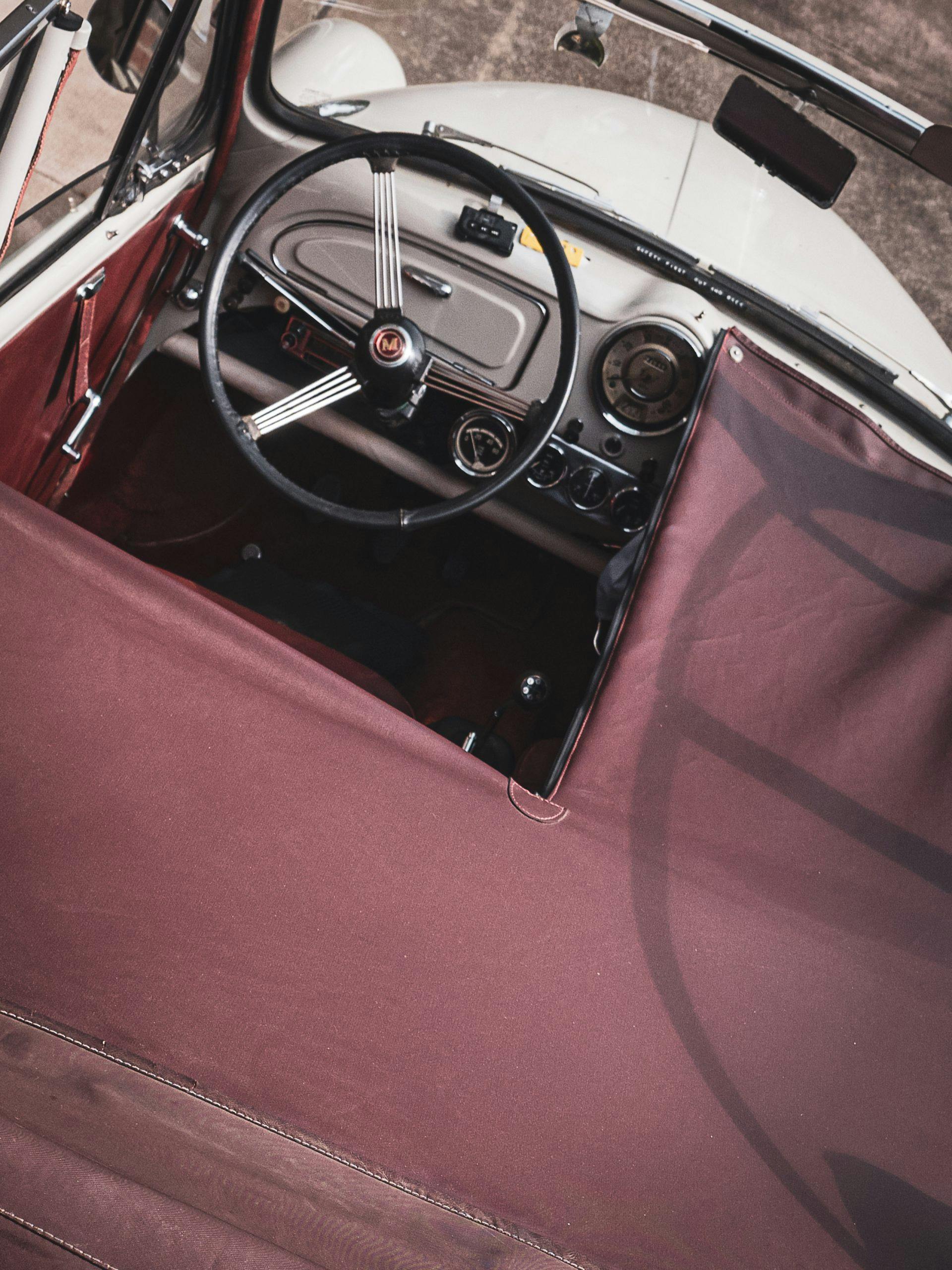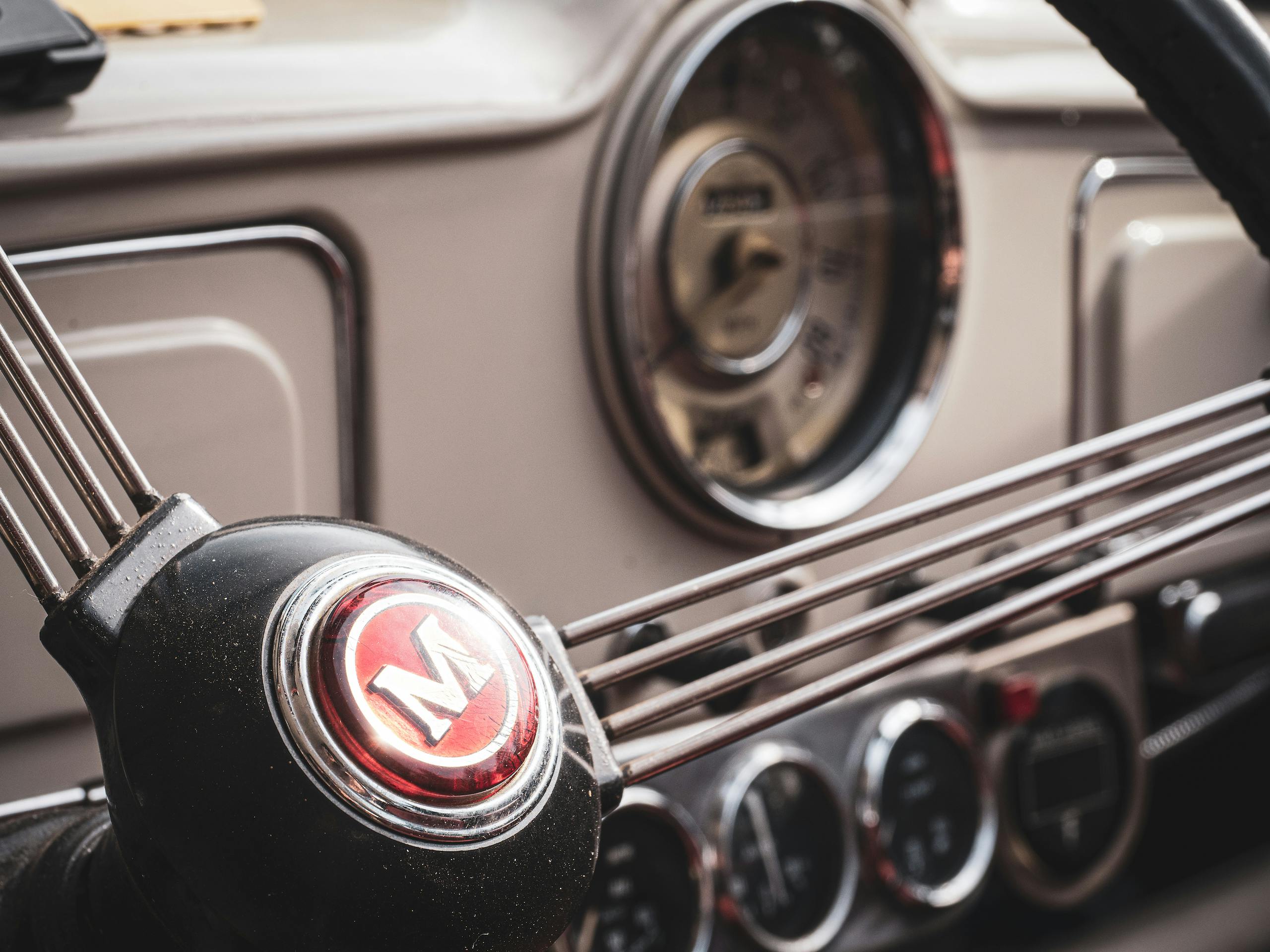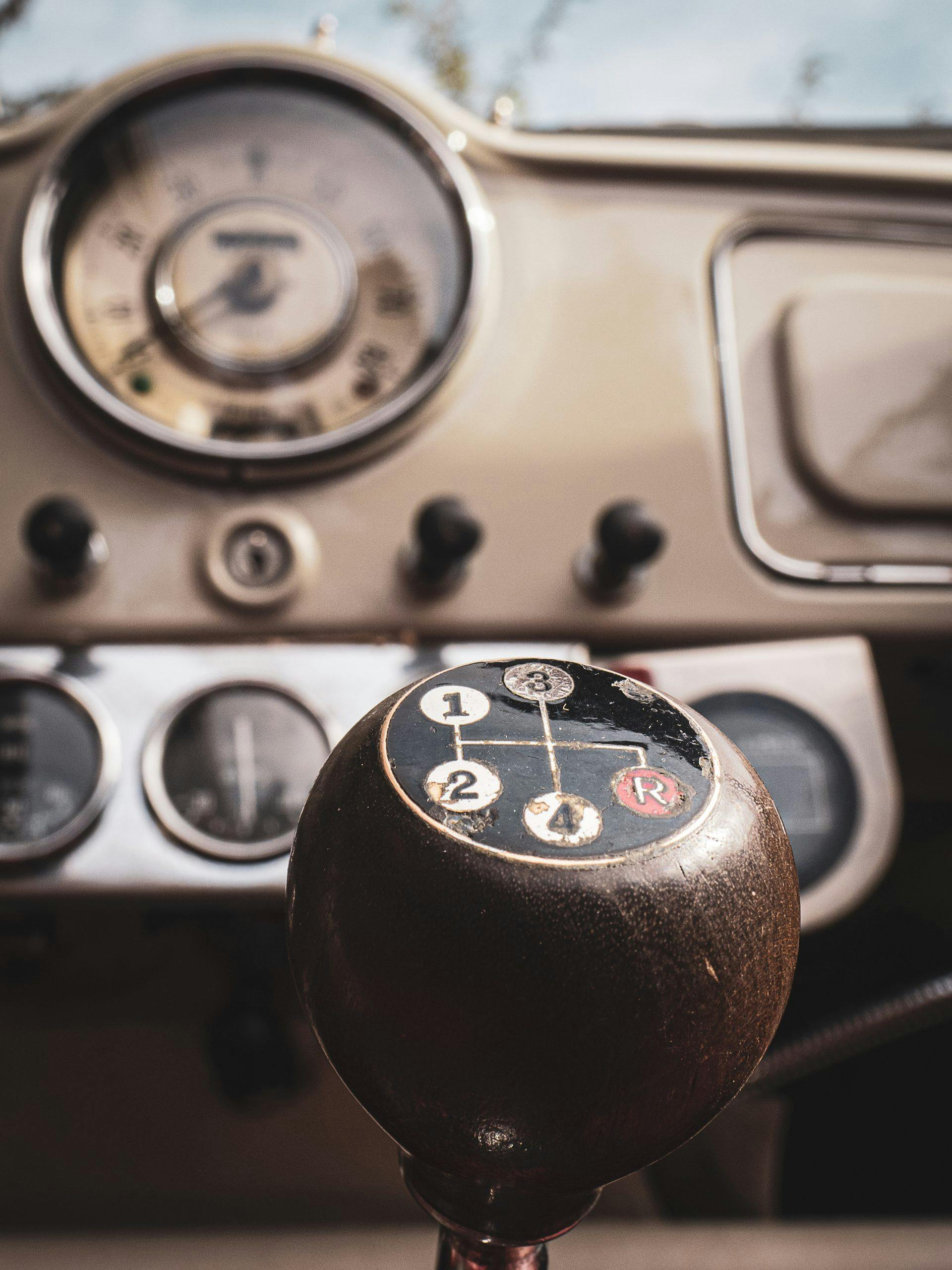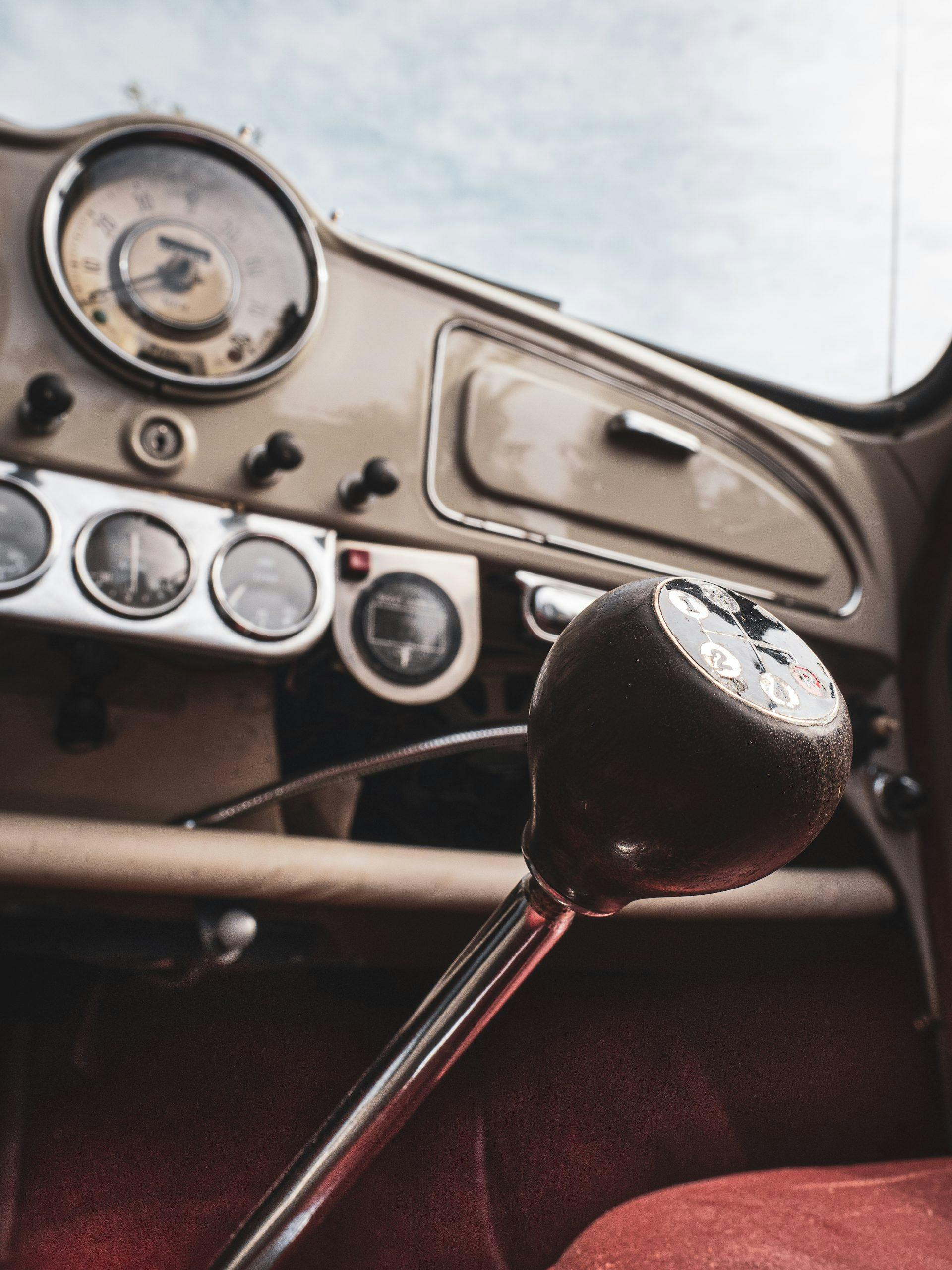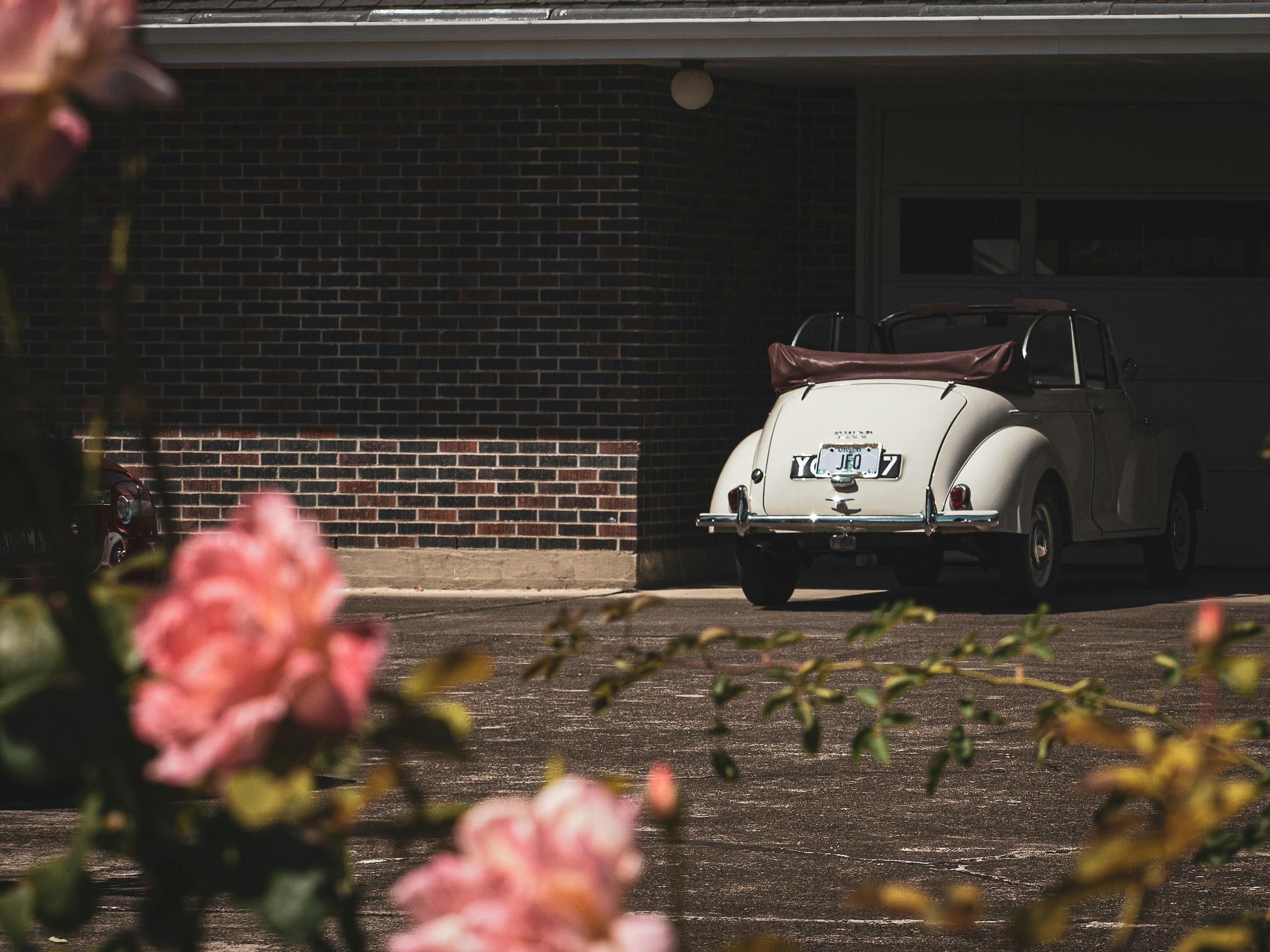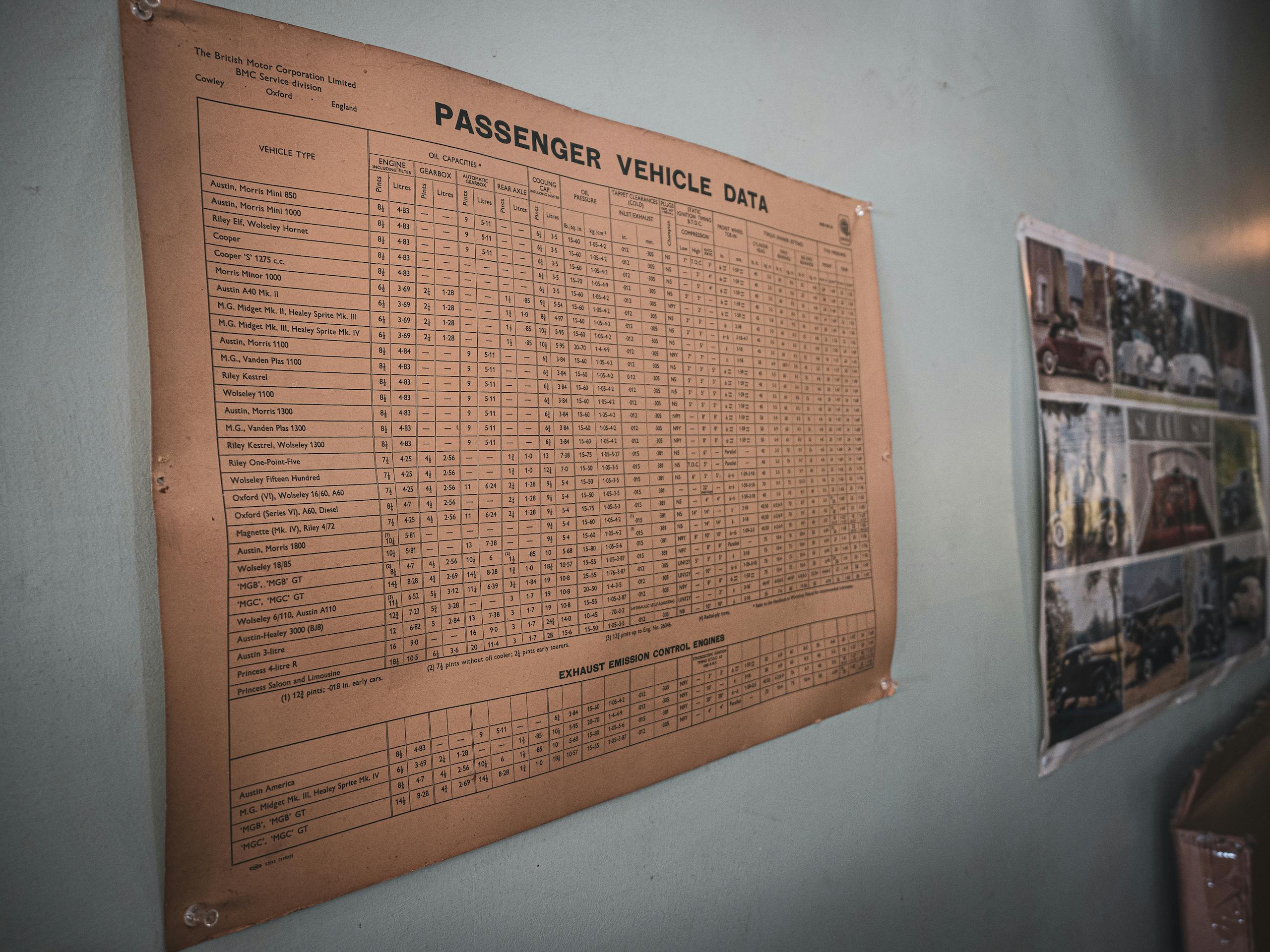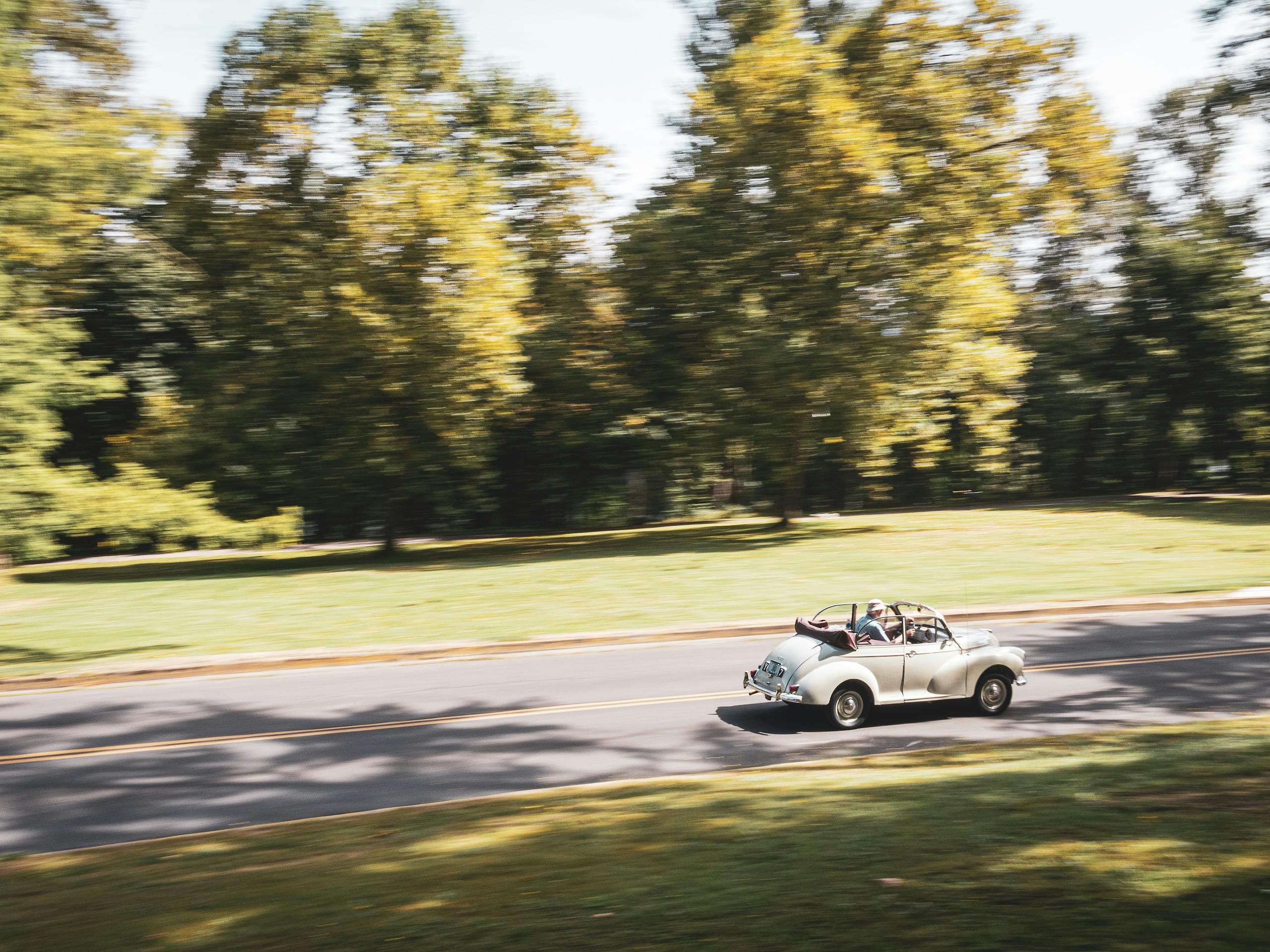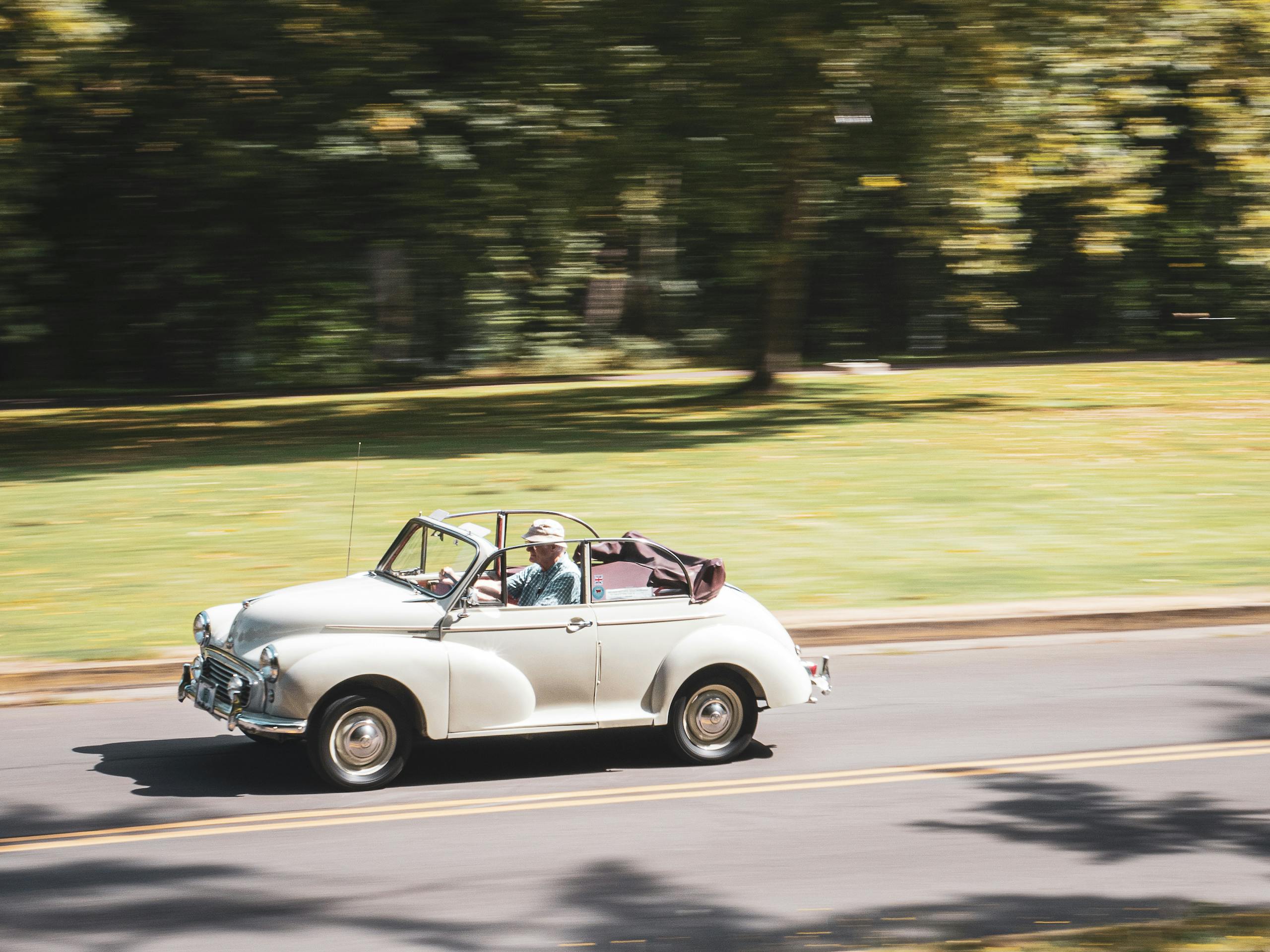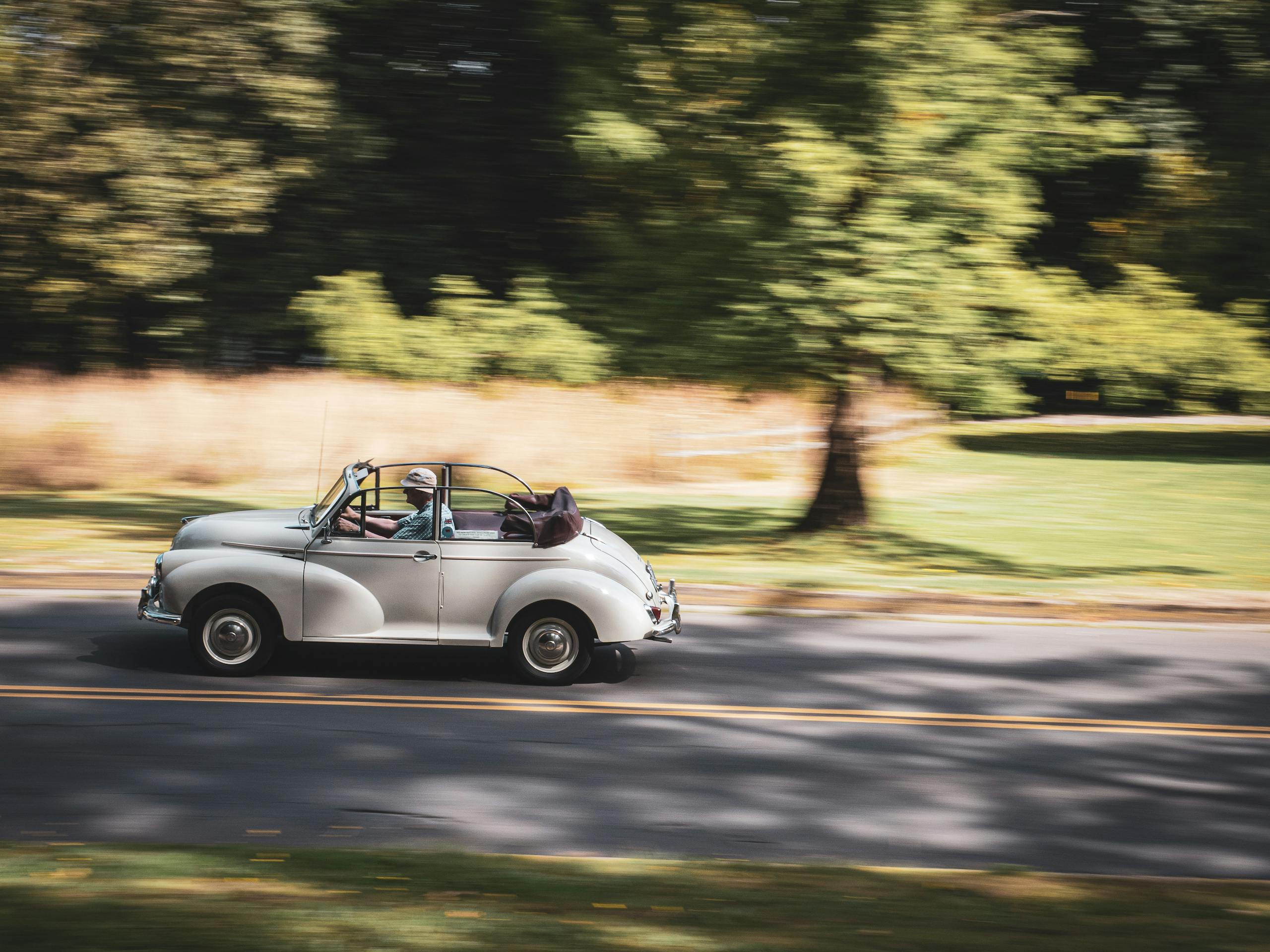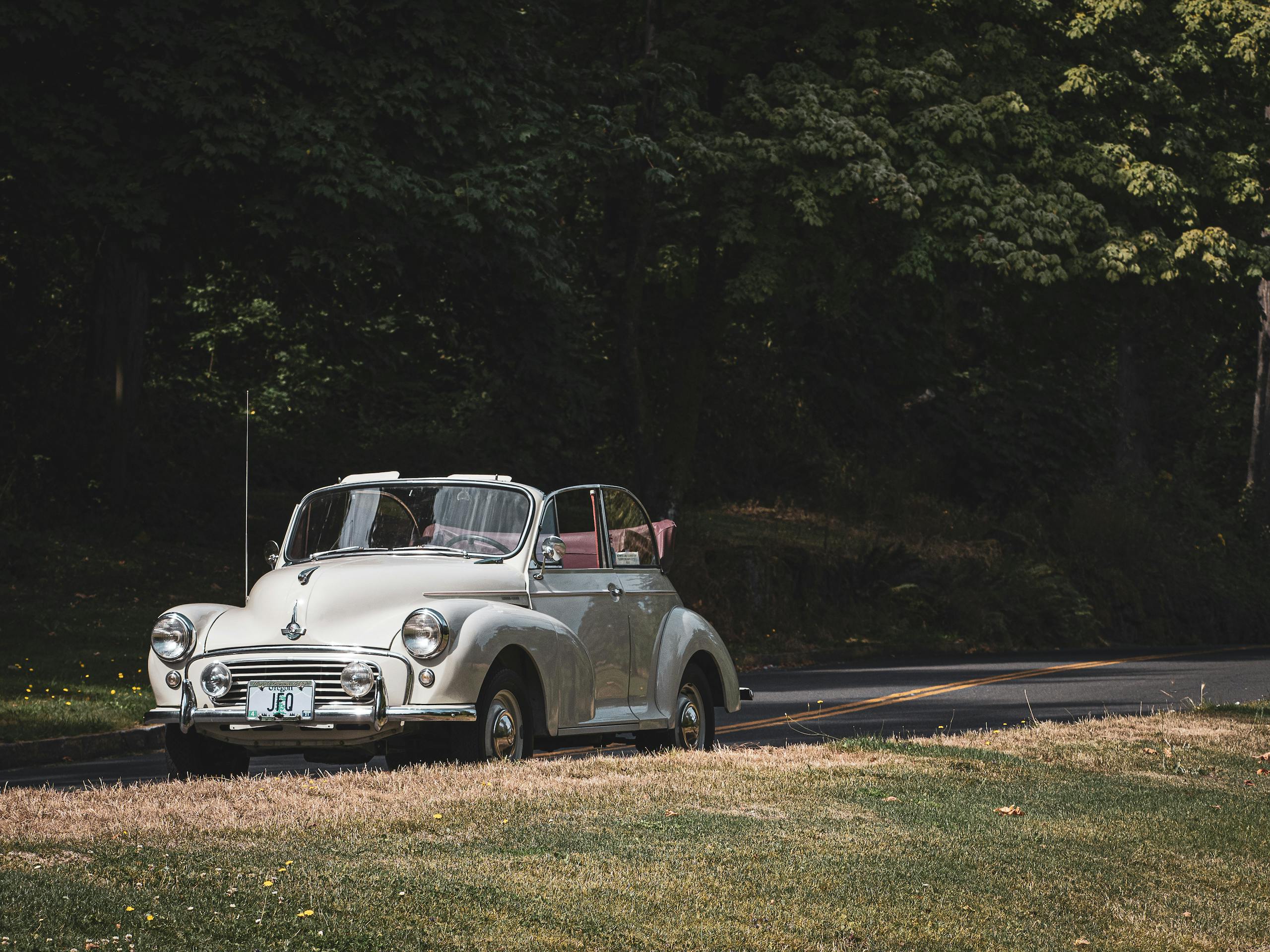One man’s Minor obsession became a lifetime achievement
Last November marked the 60th year of my involvement with a particular Morris Minor, serial number MAT3L839171, a Pearl Grey convertible that my late father purchased on an overseas delivery program. It was built on June 14, 1960, and two weeks later, my older sister, Jane, claimed it at Morris Garages Ltd. in Cowley, Oxford, England.
My father bought the car for her with the understanding that she could use it for an extended European tour as a college graduation present, but when the tour was complete, Jane would deliver it to a port of departure for San Francisco; upon arrival, it would become my father’s. Little did he know that he would drive this car for the next 40 years, until the day before his death at age 93. It has been in my care ever since.

My love affair with Morris Minors began in the hot, humid summer of 1954 in Charleston, South Carolina, where two middle-aged neighbor women shared an Empire Green 1953 Morris two-door sedan. As a small boy, I took a special liking to their “child-size” car. I used to spend hours sitting on the curb of Limehouse Street admiring the diminutive machine, so different from the normal Detroit iron that populated American roads at the time. When our family decided to relocate to California and it became clear we would need an additional car beyond our trusty 1953 Dodge station wagon, my mantra to my father for six months was: “Dad, you gotta buy a Morris Minor.”
So, after settling in Menlo Park, California, in late 1954, my father—taking the advice of a 6-year-old—rode the Southern Pacific commuter train some 30 miles to San Francisco and came back with a used 1953 Morris Minor convertible from Kjell Qvale’s British Motor Car Distributors. I was in heaven.
That Morris saw my father through the MBA program at Stanford University. After landing a new job at nearby Lockheed Missiles and Space Company, he was so pleased with his first Morris experience that he traded up to a new one, a pale yellow 1957 tourer.
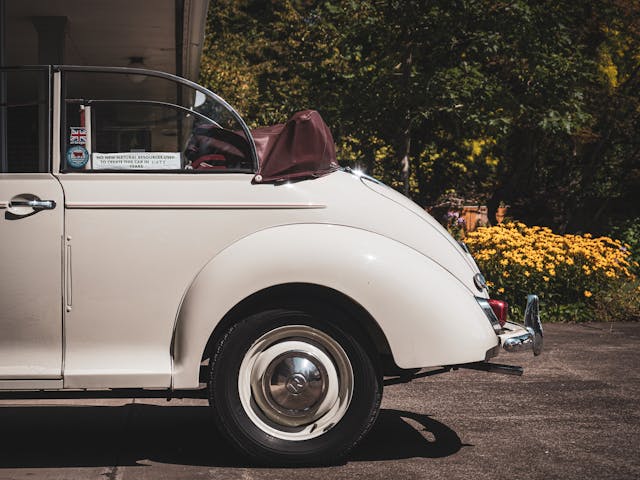
Then came my sister’s 1960 college graduation and her five-month, 5000-mile European tour in this car. Although today I am its principal driver and custodian, I was always its chief washer, polisher, vacuumer, and maintenance person, from the day it landed on the wharf in San Francisco. In fact, over my 60 years with this car, there is no part of it I have not cleaned, polished, taken apart, adjusted, overhauled, or simply inspected for proper appearance or operation. In 2008, I disassembled it for a full respray in the factory color, complete with the proper red pinstripe. I know my father would be proud that the car has well outlived him.
My early fascination with Morris Minors did not exist in a vacuum, however, and it set in motion an entire lifetime of devotion to British cars in America. I am now retired from 32 years as the western regional warranty manager of the British Leyland Motor Corp., Jaguar Rover Triumph, and, most recently, Jaguar Land Rover North America.
Lately, I’ve been reminiscing about my time with this Morris Minor. The day after my 16th birthday, I took my California driving test in it. I took my first date out in it. I put countless country road miles on it with friends. It was the car a high school buddy and I spent 700 miles in, midwinter in bone-chilling cold, on a road trip to southern Oregon. My father was an early naval aviator, and one of his primary rules was: “Don’t break the machine that is transporting you.” To that end, he used this car to successfully impart the finer points of finessing the mechanical attributes of a fragile little machine. They have served me well.
When I was a boy, I distinctly remember a few automotive eccentrics in the area who still drove their Model A Fords in a world of Galaxies, Chargers, and Vista Cruisers. So now, as I consider the Morris, I wonder if this machine is as irrelevant an artifact of automotive history as the Model A was in the mid-1960s. Can I continue to ignore its lowly 37-hp performance as it balks the progress of impatient soccer moms in their 6.0-liter SUVs or the heavy-footed hotshots in their M-series BMWs? Is there no respect for a moving display of automotive history in an age of sat-nav, Bluetooth, blind-spot cameras, and every other sort of driving aid?
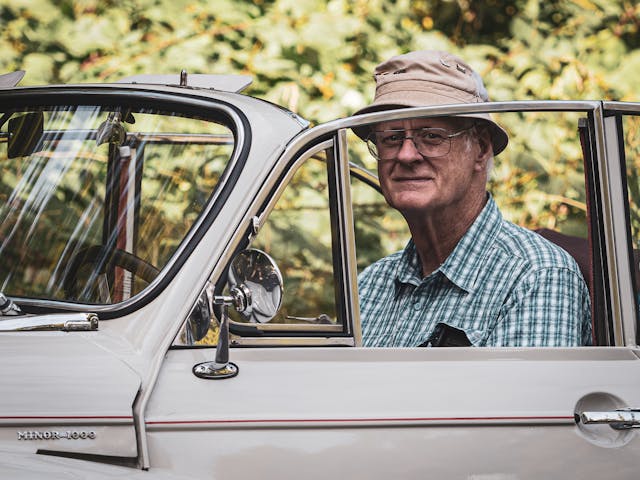
So whither go this Morris, now that I enter the final quarter of my life? This car outlived my father, and I suspect it may outlive me. And when I finally come to the end of the road, will there be spare parts to keep it in pristine condition? Will there be technicians with the skills to carry out periodic maintenance and repairs? Most importantly, will there be a steward to drive it with care? In light of the above, I have left detailed instructions in the glove box, which hopefully some future owner will find and take to heart. Perhaps, some day, that will be one of you.

